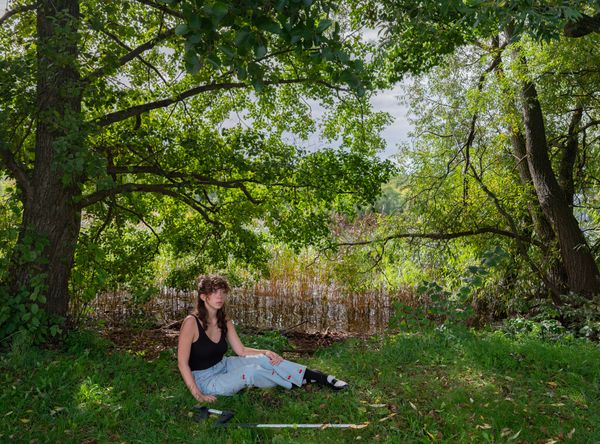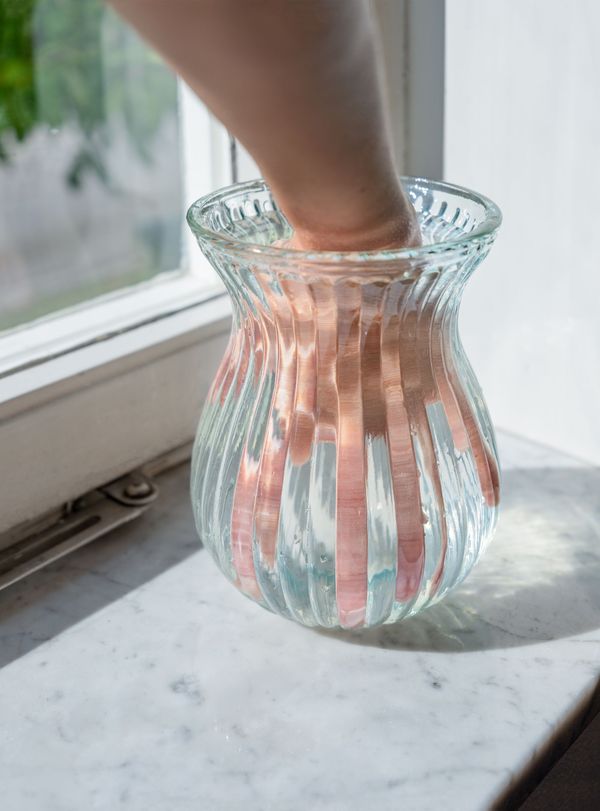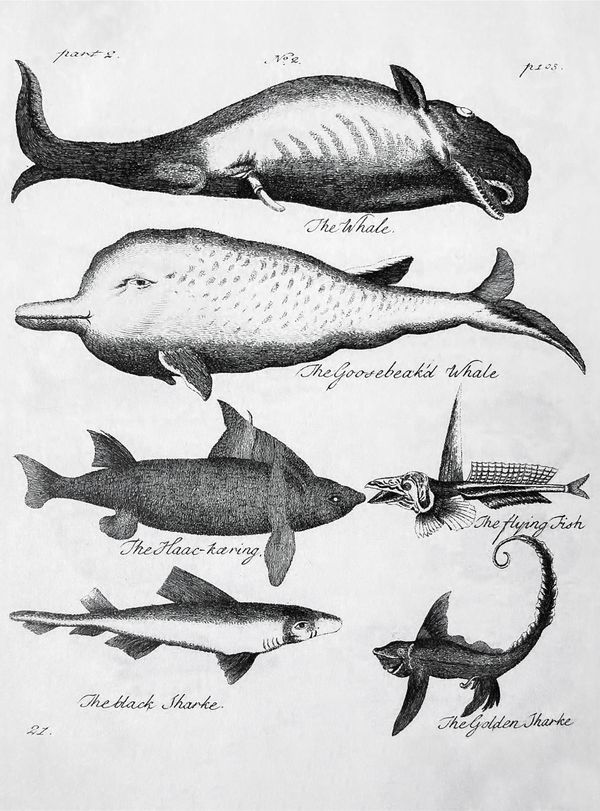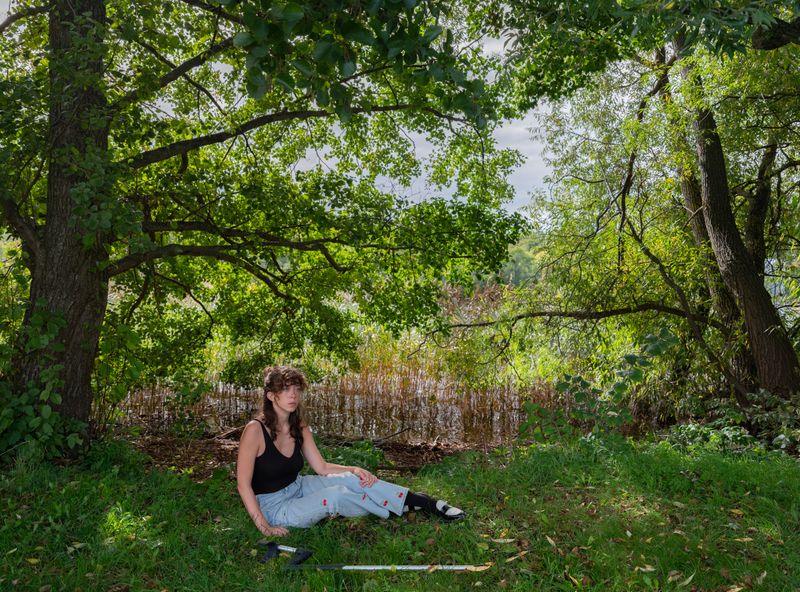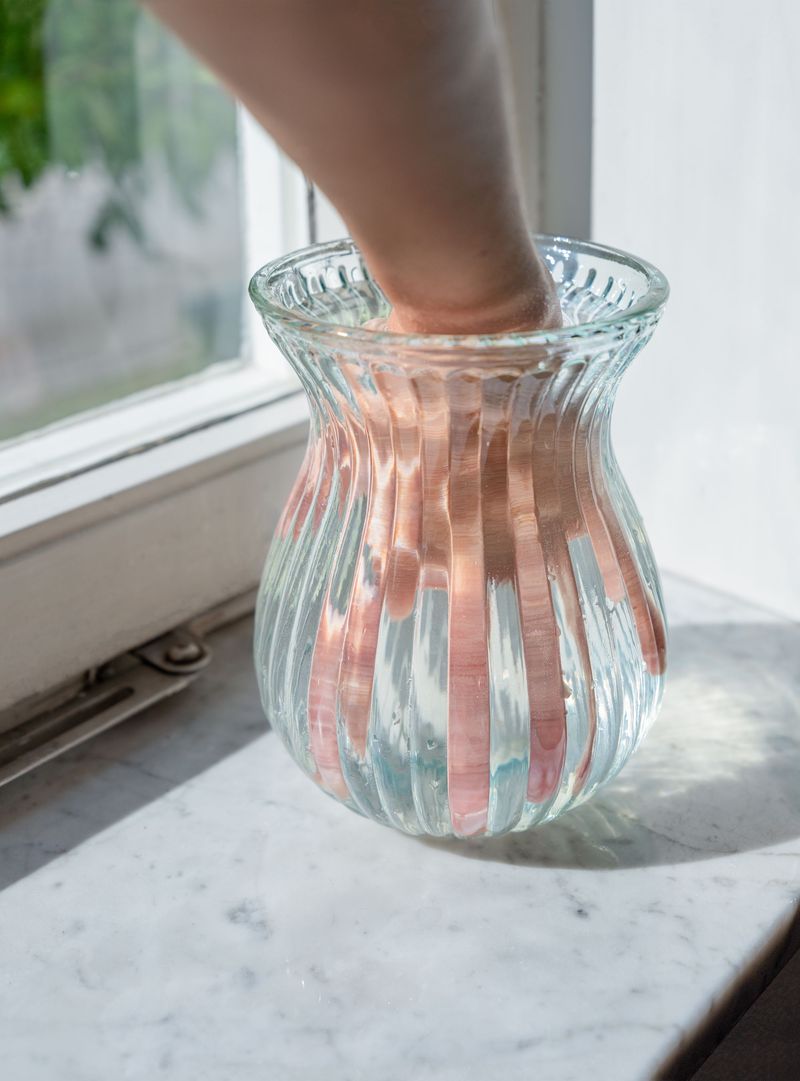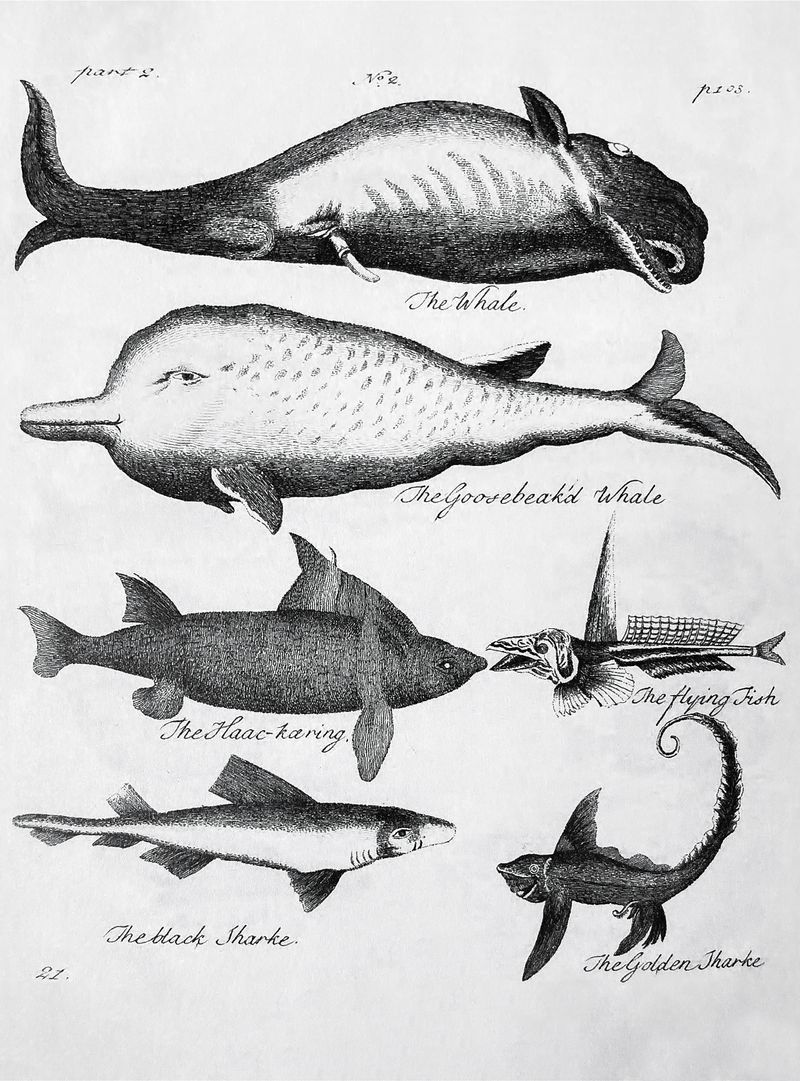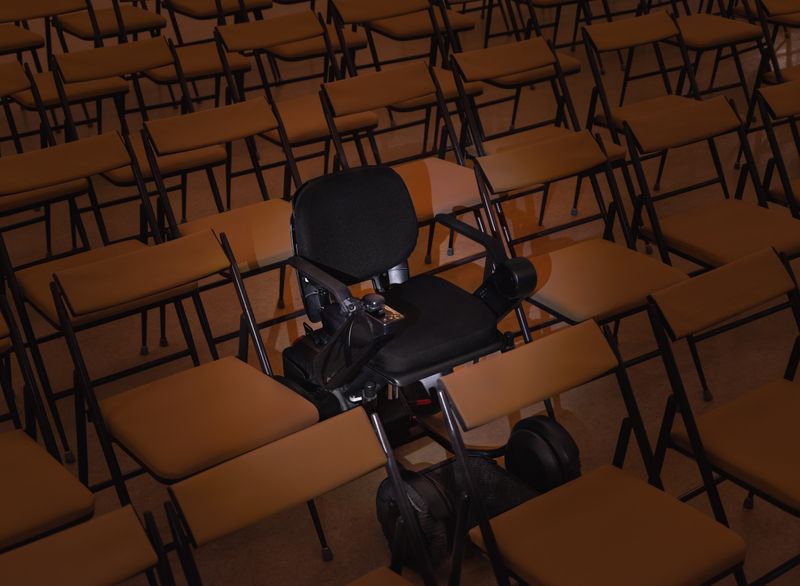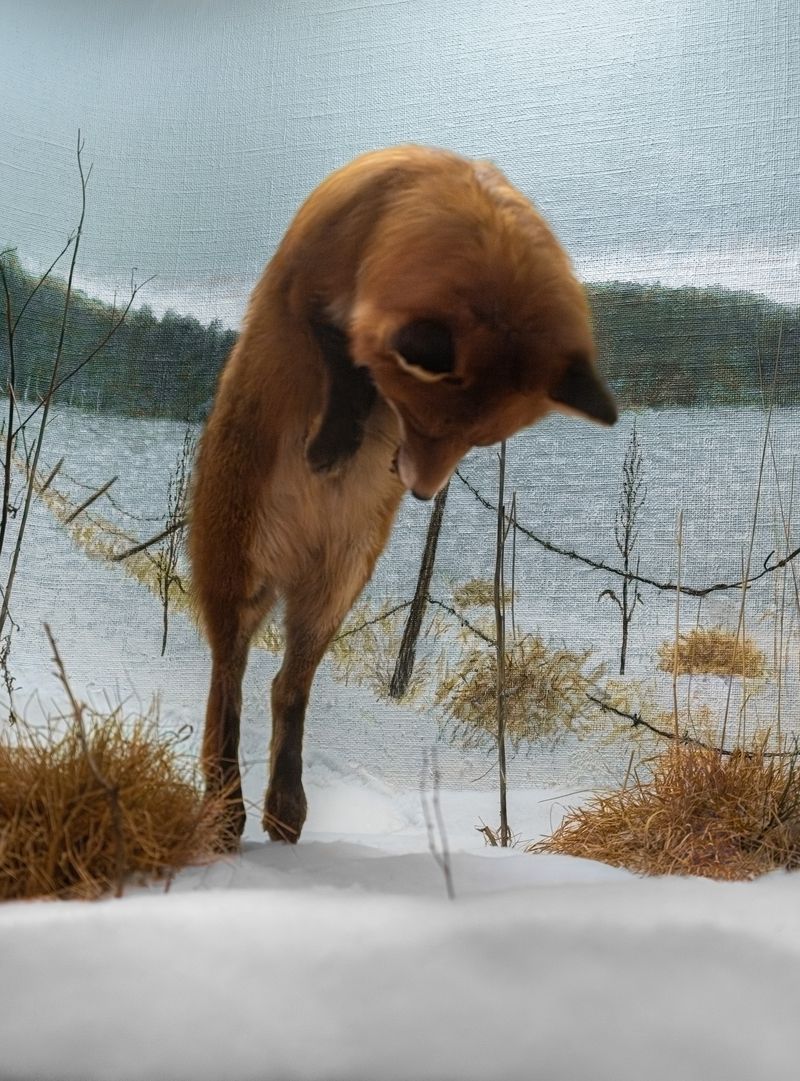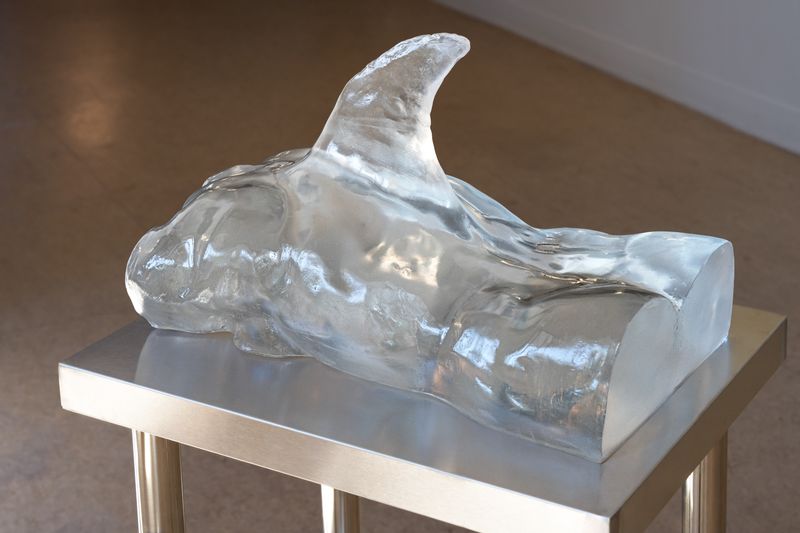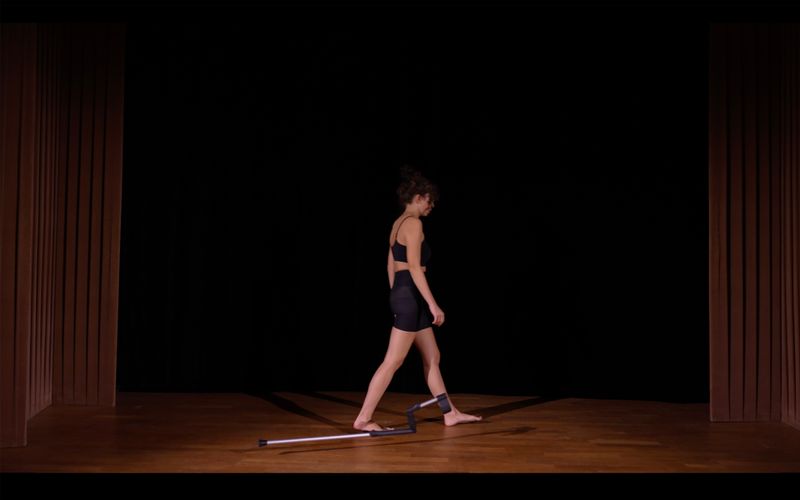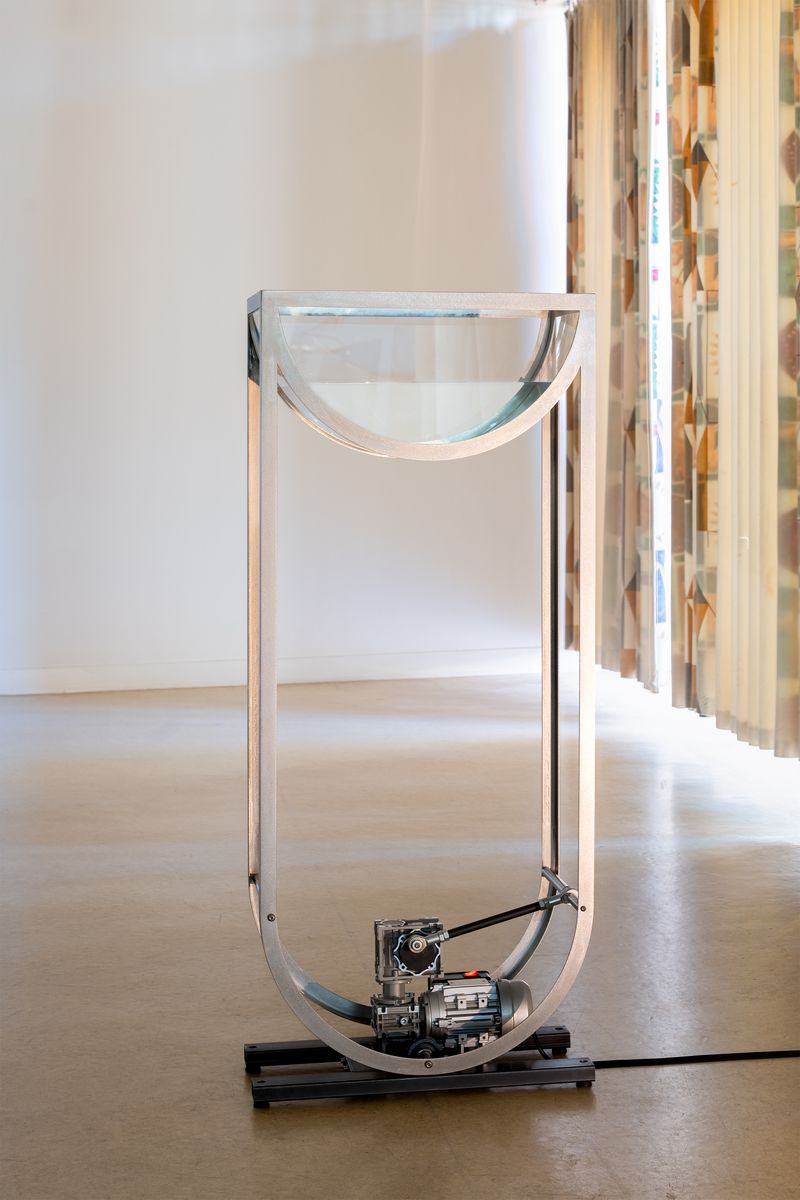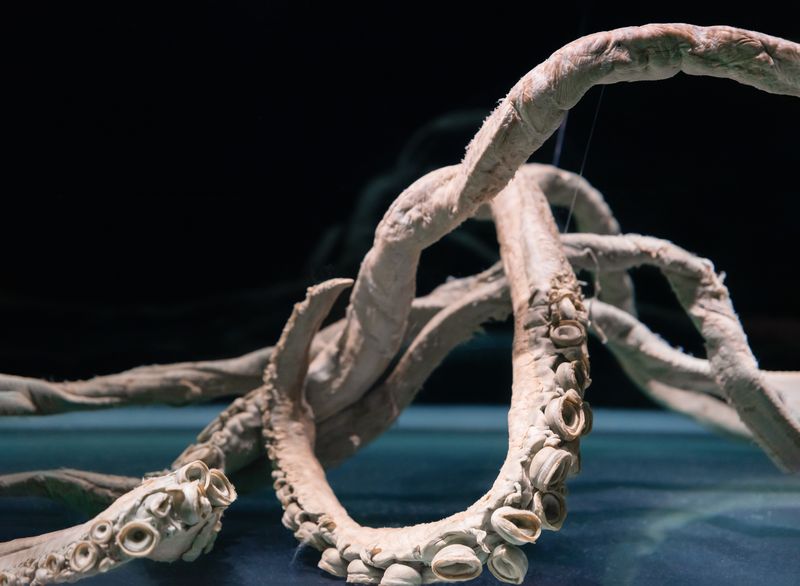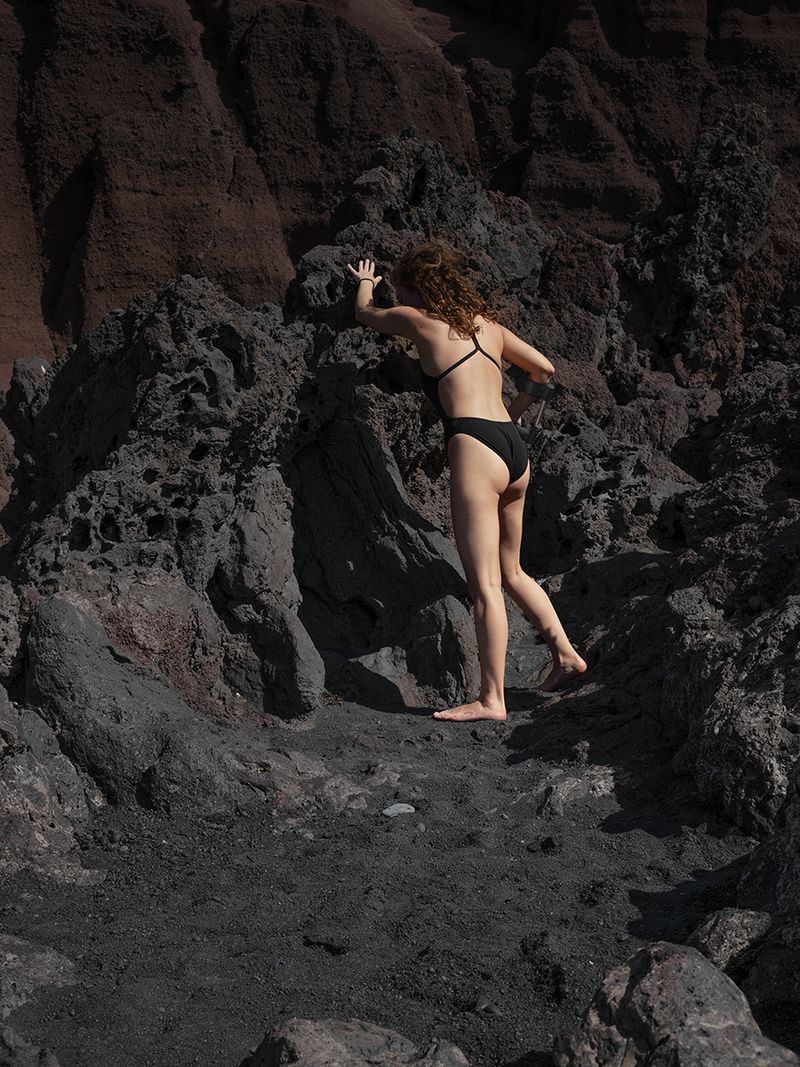Everything Transforms In Water: Interview With Claudia Amatruda
-
Published12 Nov 2025
-
Author
- Topics Awards, Contemporary Issues, Documentary
Imagining the body in motion as porous, entangled, and constantly negotiating with the world is central to Claudia Amatruda’s work, prize recipient of the first edition of the Banca di Bologna Grant.
Drawing from post-humanistic writings, Claudia uses her body as both subject and method: a model for thinking, moving, and feeling through possibilities of transformation. Marine creatures, assistive devices, and personal history become part of a shared choreography, blurring distinctions between human and non-human, tool and limb, organism and environment. Photography, once an entry point into speaking about disability, has become a site of metamorphosis, a way of re-seeing the body as adaptive and continually evolving.
Her progressing research, experimentation, and visual narratives earned her the first edition of the Banca di Bologna Grant, a new €1,000 cash prize in collaboration with PhMuseum aimed at recognizing a selected artist from Bologna, Italy, or residing and working in the territory, and whose work primarily employs the photographic language. In our conversation following the Award ceremony at Photobook Mania, she reflected on the evolution of her methodology, her relationship to disability and technology, and the enduring role of water as a force shaping her artistic path.
In your practice you engage with marine creatures, water, and other non-human forms. What inspires you to explore these subjects, and how do concepts from contemporary philosophers like Neimanis and Haraway influence your work?
I am drawn to the marine world because it dissolves boundaries between inside and outside, human and non-human, body and environment. In water, everything is in motion, constantly transforming. This idea of permeability and interdependence speaks to my own experience of living with a body that doesn’t align with dominant narratives of ability. The writings of Astrida Neimanis and Haraway have been key references in this regard. Neimanis’ concept of Bodies of Water helps me to think of the body not as an isolated organism but as part of a shared hydrological continuum. Haraway’s call to “stay with the trouble” reminds me to engage with complexity rather than seeking perfection or resolution: to find meaning in entanglement, care, and co-existence. By observing marine creatures - their adaptive, symbiotic, and regenerative capacities - I've noticed how these become metaphors for a way of being in the world that resists standard categorization and embraces transformation. So, for me water is not only a subject, but a model to follow: a way of thinking, moving, and feeling through.
Medical objects and assistive devices often appear in your images and they seem to have their own agency, taking on different roles and functions. What significance do these items hold for you artistically?
Medical and assistive devices are part of my everyday life, but in my work they become more than functional tools, they turn into extensions, prosthetic organs, or even autonomous bodies. I’m interested in shifting their meaning: from symbols of limitation or correction, to agents of transformation and imagination. By reframing these objects, I try to undo the medical gaze that usually defines them; a crutch, for instance, can become a limb, a power tool, a sculpture. These tools already hold an emotional and social weight and, for me, working with them is a way to reflect on how bodies - human, mechanical, cyborg - constantly merge and reinvent themselves. They remind us that we are not fixed or autonomous entities, but porous systems in continuous negotiation with technology and the environment.
How did your relationship with disability evolve after you began expressing it through your photographic practice?
At first, it felt like walking on slippery ground - I was still searching for a respectful way to speak about disability, knowing that my personal story would soon become public through these autobiographical works. Over time, though, I added more and more layers of interpretation, and that uncertainty became a method of exploration. So, photography changed my perspective completely. Disability stopped being something to define and became a way of thinking, a site of transformation. The camera helped me look at my body differently, as something adaptable and in motion, constantly negotiating how to exist in the world. Now it’s less about showing disability, and more about exploring how the body and its tools can merge into something hybrid, something that keeps evolving.
What does working in media beyond photography, such as performance and installation, bring to your practice that still images alone cannot?
Working beyond photography allows me to move from representation to experience. While a photograph can freeze a moment, performance, sculpture and installation make that transformation tangible - something that happens in real time, involving space, sound, and the movement of the body. In my performances, gestures often replace images: they test the limits of balance, endurance, or interaction with assistive objects. Installation, on the other hand, lets me build environments where viewers can feel instability, adaptation, or flow, rather than just see them. These expanded forms complete what photography begins. They turn the conceptual questions in my work into shared, physical encounters.
You recently led unique workshops with children focused on water, beginning with a performative lecture and continuing in the swimming pool. How does working with diverse audiences shape your artistic approach, and what do you hope they gain from the experience?
Working with a class of nine-year-olds, especially in a context as playful and immersive as a swimming pool, reminds me that art isn’t only about creating finished objects, it’s about experience, discovery, and connection. This has changed my artistic approach somewhat, reminding me to translate complex ideas - about water, embodiment, and disability - into experiences that even a very young audience can understand. Seeing children embody characters, move freely and respond to the water’s resistance and fluidity, has given me new ways to approach composition, storytelling, and participation in my work. I hope that what they gain is not only a sense of joy and play but also a recognition of their own agency within a shared space, the awareness of their bodies as both unique and interdependent.
In what ways receiving the Banca di Bologna Grant at Photobook Mania might shape the next phase of your artistic practice?
Receiving the Banca di Bologna Grant at Photobook Mania was truly an honor for me. I saw it both as confirmation of my work to date and as encouragement to continue developing my artistic practice. It's wonderful when someone recognizes your efforts and believes in what you do. In doing so, the prize offers me concrete support that allows me to spend more time and resources on research and experimentation, exploring new ideas in photography, video, and installation, and helping to shape the next phase of my artistic journey, fostering growth and the possibility of bringing new narratives to light.
--------------
All images © Claudia Amatruda
View ongoing project Hypersea on PhMuseum
Claudia Amatruda (b. 1995) is a visual artist with a degree in Photography and Visual Design from NABA in Milan. Her work focuses on the representation of the body through photography and video installations, addressing social issues supported by research on scientific and literary texts. In 2019, she published the photography book Naiade, presented through talks in schools and festivals in Italy to raise awareness of invisible diseases. Since 2021, her project "When you hear hoofbeats think of horses, not zebras" has been exhibited in Italy, Greece, France, the Netherlands, and the UK. In 2022, she won a Special Mention in the Emerging Photography section of the Francesco Fabbri Prize. According to Il Giornale dell'Arte, she is among the 30 artists under 30 for 2023 and produced NFT works during a PhotoVogue x Voice.com artistic residency. In 2025, she will exhibit at the Gibellina PhotoRoad Festival and will be included in the permanent collection of the Orestiadi Foundation in Sicily. She is currently working on Hypersea, a speculative investigation into the relationships between humans, animals and the natural world. Most recently, she received the Banca di Bologna Prize at Photobook Mania 2025.
